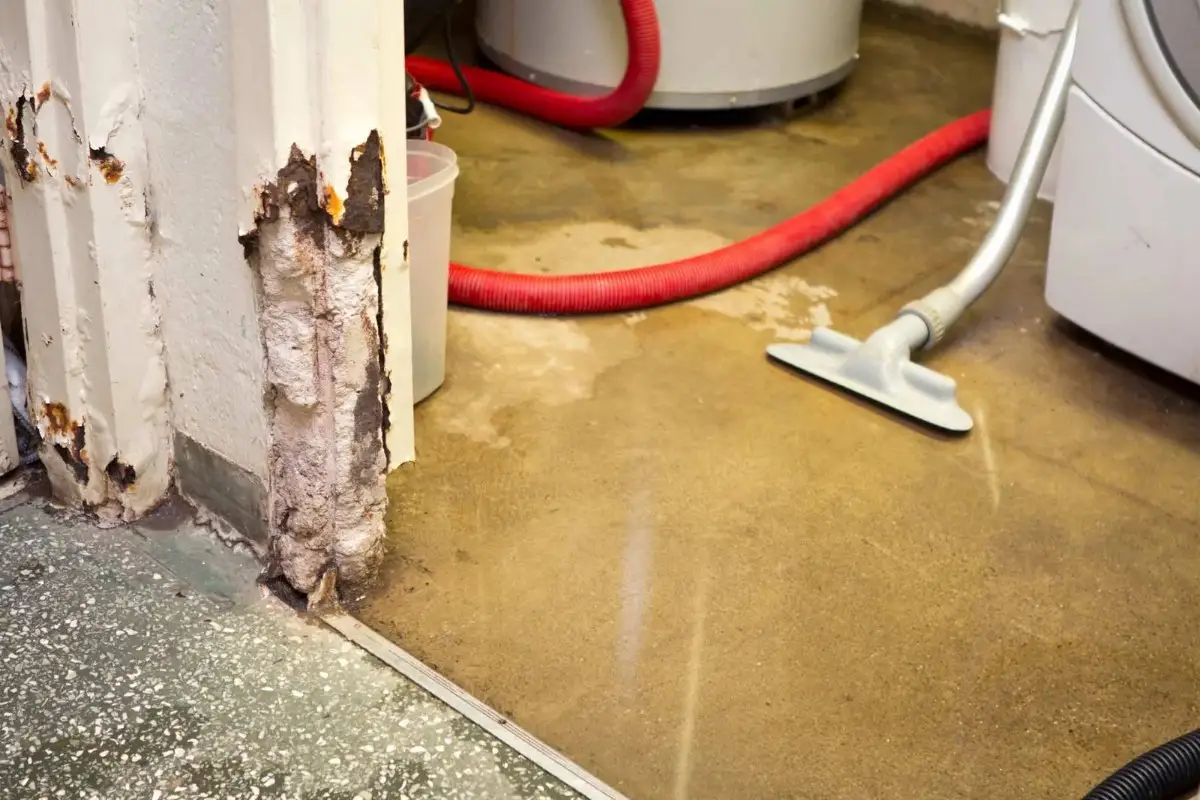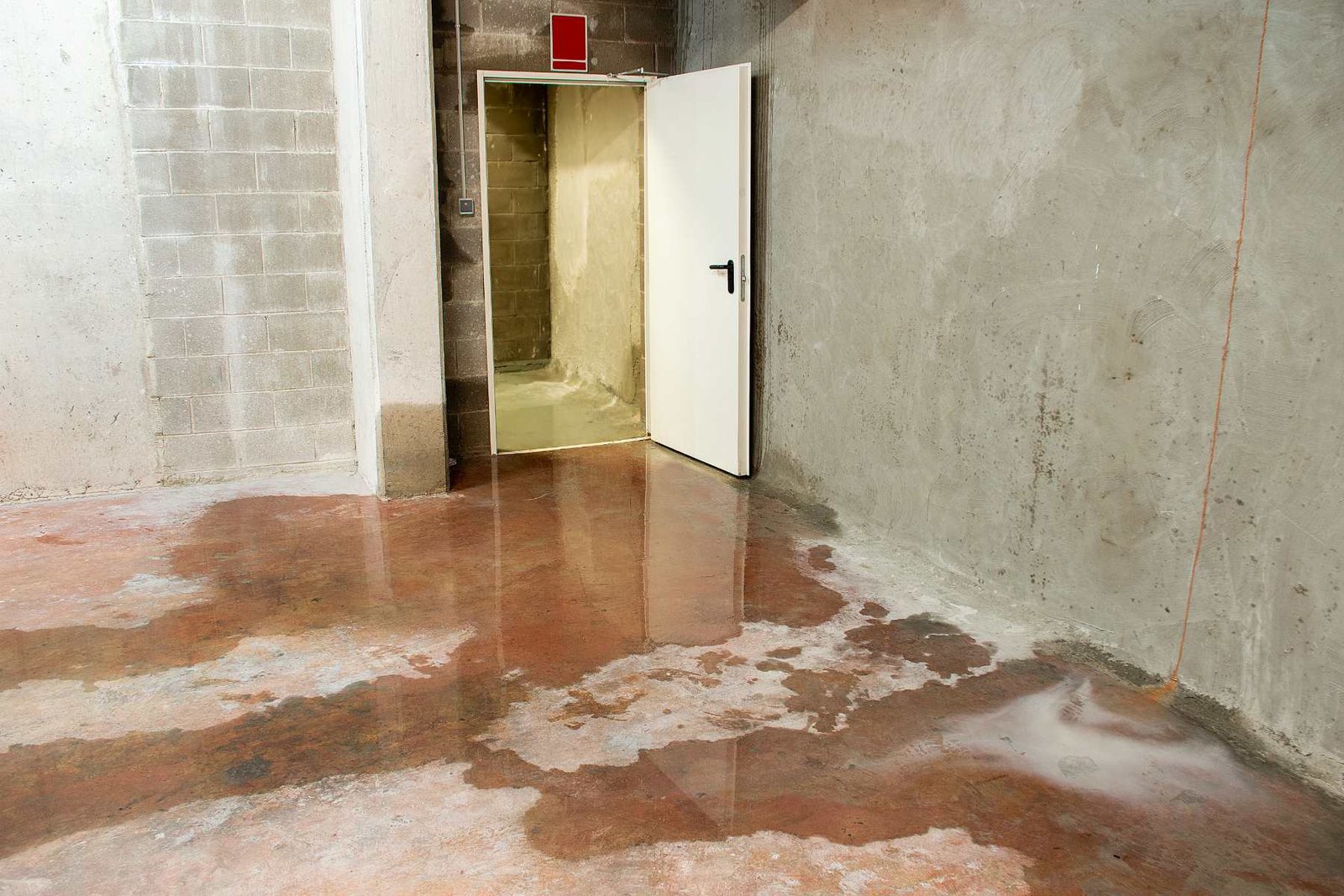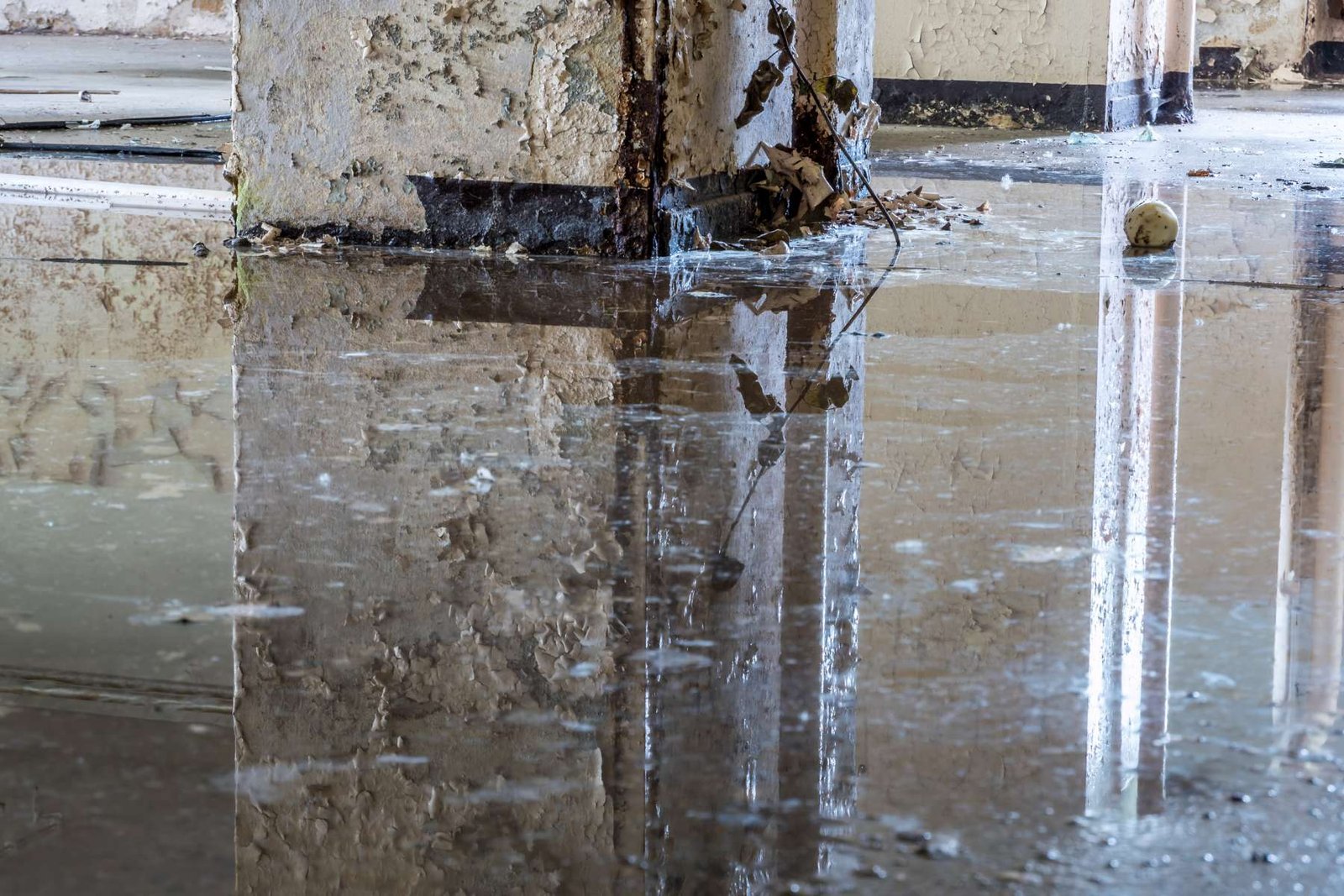
Water damage can hit Calgary homeowners any time. It can turn your home upside down. Leaks, floods, and other problems can get worse fast if you don’t act quickly. That’s why restoration services are so important—they help you get your home back to normal and keep everyone safe.
Sometimes water damage starts with burst pipes, plumbing issues, or even bad weather. If you know what to do when this happens, you can save your family a lot of worry and money. We’ll show you the causes, steps, and solutions for water damage so you can use restoration services and get your property fixed the right way.
Water damage can be a big problem for homeowners in Calgary. It often happens because of plumbing trouble or issues outside the house. Burst pipes are one of the main reasons. These may come from freezing temperatures or hidden leaks, damaging the walls, floors, and ceilings.
Calgary’s weather also makes things worse. Heavy rain and fast snow melts can cause basements to flood. Hidden roof leaks or clogged gutters can also add to the problem, leading to slow water damage over time. When homeowners know about these causes, they can take steps to stop water damage before it gets worse and keep their homes safe.
To dive deeper into understanding water damage and how it can affect your home or business, check out this informative blog post: Top 5 Things to Know About Understanding Water Damage in Your Home or Business.
Calgary’s weather can change quickly, which can lead to water damage. Heavy rain and fast snowmelt can overwhelm the drains. This can let water into basements and crawl spaces. The chance of flooding increases during bad weather, so you need an emergency response right away to stop further damage.
Take steps to prevent this. Check your home’s foundation for cracks and make sure the gutters aren’t blocked. You can also install sump pumps or get waterproofing for extra protection. These lower the risk of water damage and flooding.
If stormwater gets inside and isn’t fixed quickly, your home can lose its strength. Walls, wood flooring, and insulation can trap moisture, creating a perfect environment for mold. Getting help from restoration services early can stop these problems and make your home safe again.
Plumbing problems are real trouble for many homeowners. Burst pipes often happen in freezing weather. They can release a lot of water into your home very fast, damaging your floor and drywall in just a few minutes. Having someone check your plumbing system regularly can prevent issues before they start.
Leaky appliances can be just as bad. Water heaters, dishwashers, and washing machines might leak onto the floor or walls, causing serious water damage. Homeowners should repair these machines quickly. Leaving damaged appliances alone can lead to bigger problems.
If you don’t take care of plumbing problems, they get worse. Water can spread into unseen places and even lead to mold growth. Regular upkeep and watching for leaks are the best ways to avoid major repairs and keep your home safe.

The moment you see water damage, you need to act fast. The first step is to stop the water at its source—this could be a burst pipe or a flooded basement. Turn off the water supplies right away. Contact emergency services so they can help you.
While waiting for help, make sure to protect yourself. Unplug appliances to avoid electric shock or worse. Then, take photos or videos of the damage for your insurance. These steps help restoration crews start their work faster and more effectively.
When water damage strikes, your safety comes first. Turn off the electricity in any wet areas to reduce danger. Stay away from standing water. Wear gloves and other protective gear if you need to handle anything.
Here’s what to do:
Emergency response teams will assess the damage and stabilize the situation. Finding and stopping the water source quickly can reduce property damage and protect your belongings.
Proper documentation is key to smooth insurance claims. Start by taking photos of damaged walls, furniture, and belongings before you begin any cleanup. This gives clear proof of what was ruined and how severe the damage is.
Add notes for any contaminated areas. Write down where the water came from—like burst pipes or flooding—and list affected appliances. These details help support your claim.
Keep all receipts for urgent purchases or cleanup tools like sump pumps or shop vacs. Share a complete file with your insurance agent. A good record speeds up the claims process so restoration services can begin sooner and with less stress.
Fixing your property after water damage is a big job. A team of professionals needs to clean, dry, and sanitize all affected areas. It starts with water extraction, followed by repairs and mold remediation.
The restoration process includes drying and dehumidifying. This prevents mold from forming. Professionals handle the job quickly and thoroughly, making your home safe again. Whether it’s a small leak or a major flood, restoration contractors know how to manage every part of the process.
Water extraction is a major part of restoration. When emergency services arrive, they assess the damage to decide what needs to happen next.
Project managers remove standing water using pumps and vacuums. This step is crucial—it stops more water from soaking into floors and walls. They also check for hidden moisture behind walls or under flooring to make sure nothing is missed.
After the assessment, they confirm your property is safe and structurally sound. Quick removal reduces long-term risks and sets the stage for drying and repairs.
Drying and dehumidification are vital to stop mold after water extraction. Restoration teams use heavy-duty fans and dehumidifiers to remove moisture from carpets, drywall, and wood structures.
Then, professionals sanitize all affected areas with specialized products. They use mold treatments and disinfectants to remove bacteria and keep your space safe.
This also includes cleaning personal items and non-porous furniture. A full sanitization process keeps your belongings safe and supports a healthy environment.

Dealing with water damage in Calgary can be overwhelming for any homeowner. However, understanding the restoration process can make it less stressful. By acting quickly and knowing the common causes of water damage, you can minimize its impact.
Choosing a trusted restoration company ensures your home is repaired correctly and efficiently. With their expertise, you can protect both your property and your health.
If you experience water damage, ResQ Pro Restoration is here to help with professional and effective solutions. Call +1 403-702-4355 for emergency restoration services.
We Restore More Than Property – We Restore Peace of Mind.